Marketing Psychology and Consumer Behaviour
Why do we group the things placed in closed proximity and built a connection?
Why is it easier to relate when we can draw similarity between objects?
How is Proximity and Similarity used as Marketing Tools?
Grouping refers to people’s instinctive tendency to group stimuli together so that they become a unified picture or impression. The perception of stimuli as groups or chunks of information, rather than as discrete bits of information, facilitates memory and recall.
Tweet
Marketers use grouping to imply certain desired meanings in connection with their products. For example, an advertisement for tea may show a young man and woman sipping tea in a beautifully appointed room before a blazing hearth. The overall mood implied by the grouping of stimuli leads the consumer to associate the drinking of tea with romance, fine living, and winter warmth.
Principle of Proximity
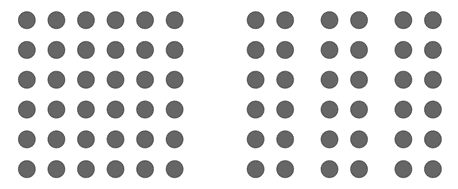
The only thing differentiating the group on the left from those on the right is the proximity of the lines. And yet your brain interprets the image on the right as three distinct groups.
Gestalt Psychology suggests our minds group things together if they are near one another. This is known as grouping and involves the law of proximity. For example, if a product is presented next to a photo of a celebrity, we tend to perceive the two as being associated, which influences us to purchase the product.
Principle of Proximity does not rely on any extraneous structure; it is among the first principles to impact our perception and from which we derive understanding. All of us intuitively understand that the simplest way to indicate relatedness is to manipulate proximity. What we might not intuitively understand, however, is how powerful the Principle of Proximity is.
It is a common practice in departmental stores and supermarkets to place the bread and crackers next to the jam, butter, cheese, meat, and eggs, as they are generally consumed together, and hence such grouping is done to make it convenient for the customers, but at the same time it subconsciously triggers their minds to buy both or more things from the store. Viola!! It’s a win-win situation for both customer and the seller.

In this Coke ad, the bottles are strategically placed close to one another in the shape of a smile. Without even realising we automatically group and process these bottles together, not as individual stimuli. Consequently, the consumer associates Coke with smiling, which stimulates feelings of happiness and joy and results in a larger incentive to buy the product.
The placement of Coca-Cola products in supermarkets is a brilliant example of Proximity. The company creates “interaction points” by placing different-size Coca-Cola bottles and its bottled water next to foods with which they are “connected.” For example, bottled water is placed near salad bars, and family-size bottles of Coke next to takeout counters containing large portions of prepared foods.
Principle of Similarity
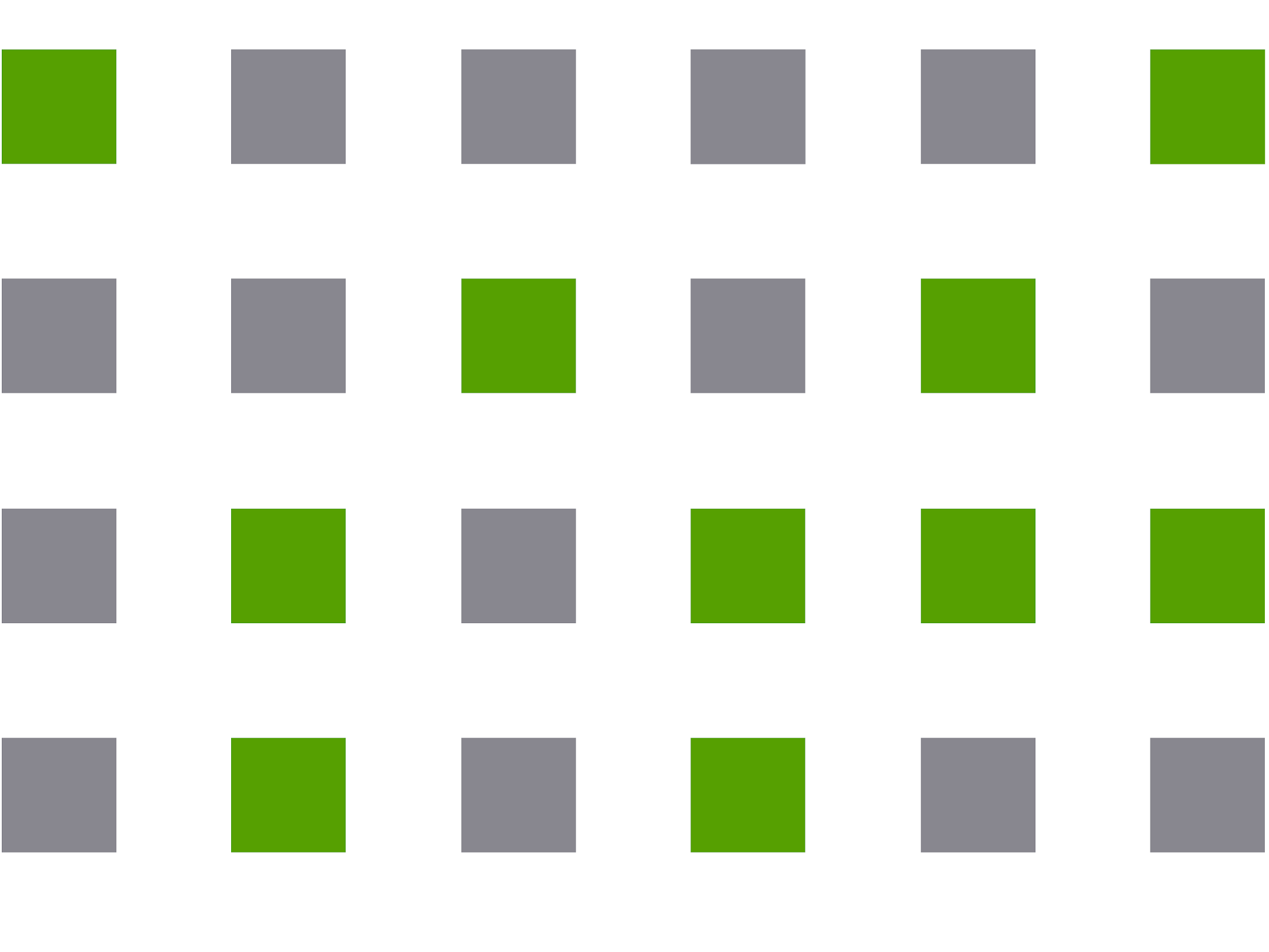
Principle of Similarity states things that are similar are perceived to be more related than dissimilar things. Similar items are grouped together based on elements like color, size, shape, texture, dimension or orientation. Grouping can occur in both visual and auditory stimuli.
Tweet
The squares in the above image are all equally spaced and are of the same size, but we automatically group them by colour, even though there is no rhythm or reason to their placement.
Similarity is a powerful mechanism for communication. Its power comes from the fact that it is the counterpart to the most fundamental element of meaning, Contrast.
Similarity of colour (or consistent contrast) is the strongest way to suggest relationships. It is also the characteristic that registers first in our perception when our brain is working to make sense of our surroundings. Patterns and chaos can camouflage size and shapes and these characteristics might have only minor variations, but colour penetrates these factors efficiently. Because of this fact (or as the reason for this fact) colour is often used in nature as a powerful communication tool for danger, as a clear perception of colour’s communication has been vital to the survival of humans and other organisms.
The Dissimilarity plays a complete opposite role, to the Similarity Principle, as the later helps in grouping the object and creating and identifying patterns, Dissimilarity helps in differentiating objects and decluttering. It stands out prominently and catches viewers attention and highlight the object, as it disrupts the Similarity. The contrasting colours are often used to highlight and distinguish the object from the clutter. This is a prominent tool used in Brand Logo designing which uses contrasting and prominent colours, which makes the product and Ad stand out, and draw attention of the masses.
Few examples of Principle of Similarity with Contrasting Colour in Ads and Brand Logos are:
HIV Awareness Ad

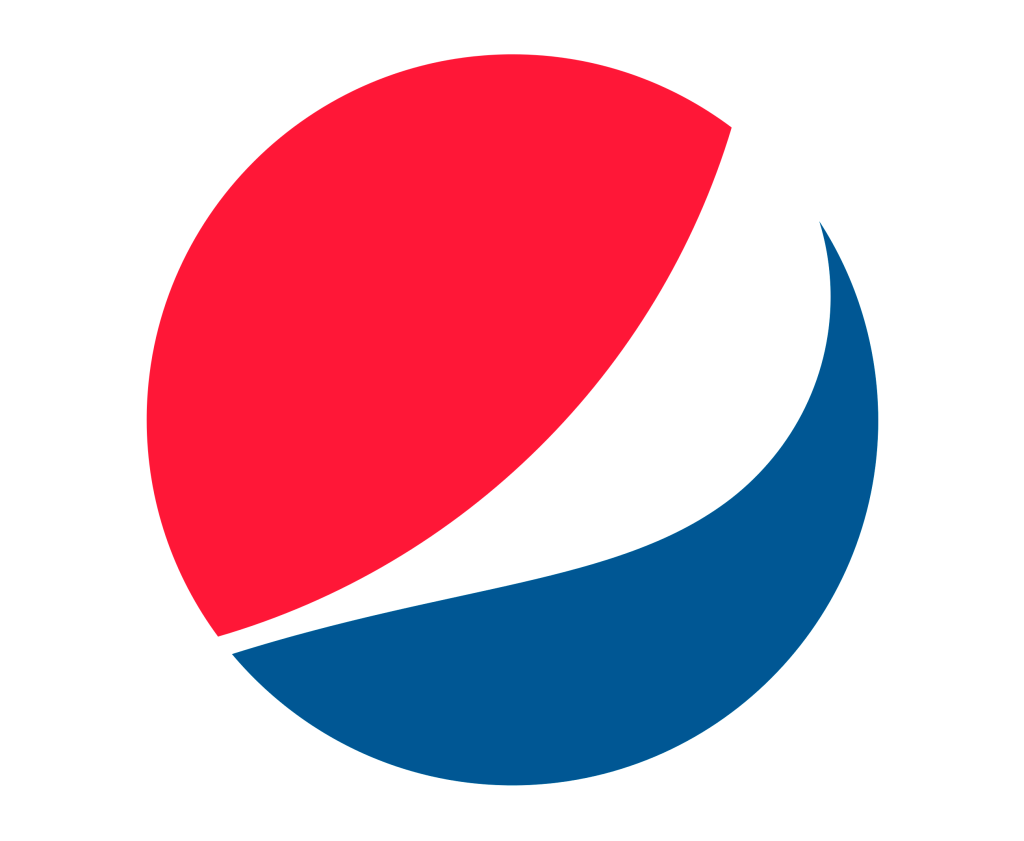
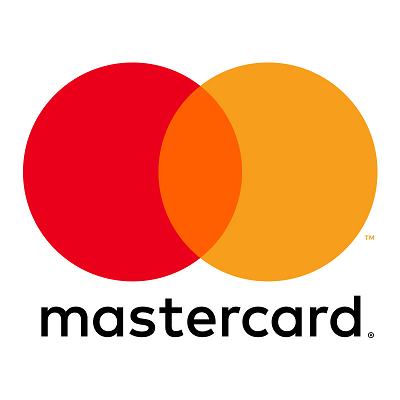
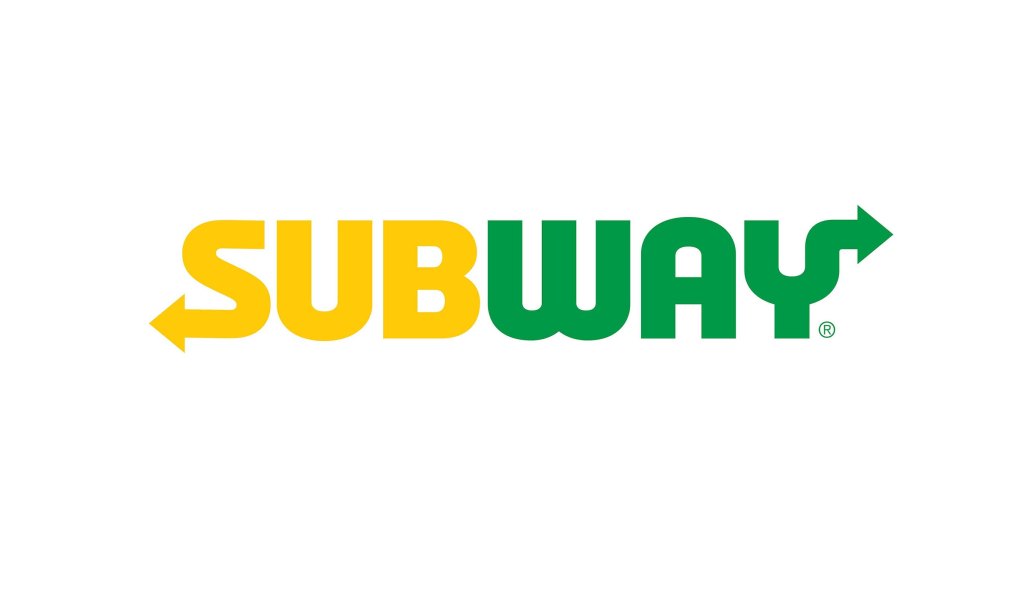
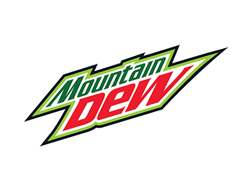

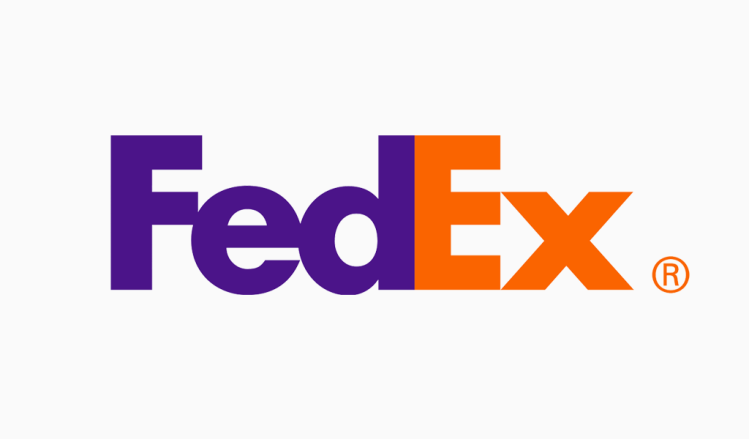
Related Posts
Gestalt Psychology and Its Impact on Consumer Behaviour: I – Closure and Continuation
Gestalt Psychology and Its Impact on Consumer Behaviour: III – Figure & Ground
Gestalt Psychology and Its Impact on Consumer Behaviour: IV – Common Region and Symmetry & Order
Marketing Psychology and Consumer Behaviour

Murtaza Choolawala
Geologist, Marketer
Hi, I am Murtaza, an enthusiastic researcher. Always curious to learn new things and to connect with people. Tech and Marketing are my obsession, and Research and Analysis are my Passion.

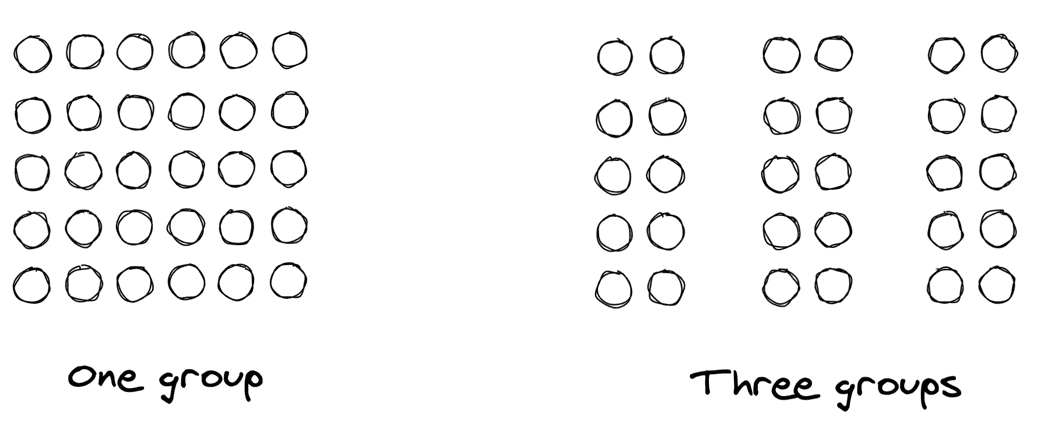



3 thoughts on “Gestalt Psychology and Its Impact on Consumer Behaviour: II – Proximity and Similarity”